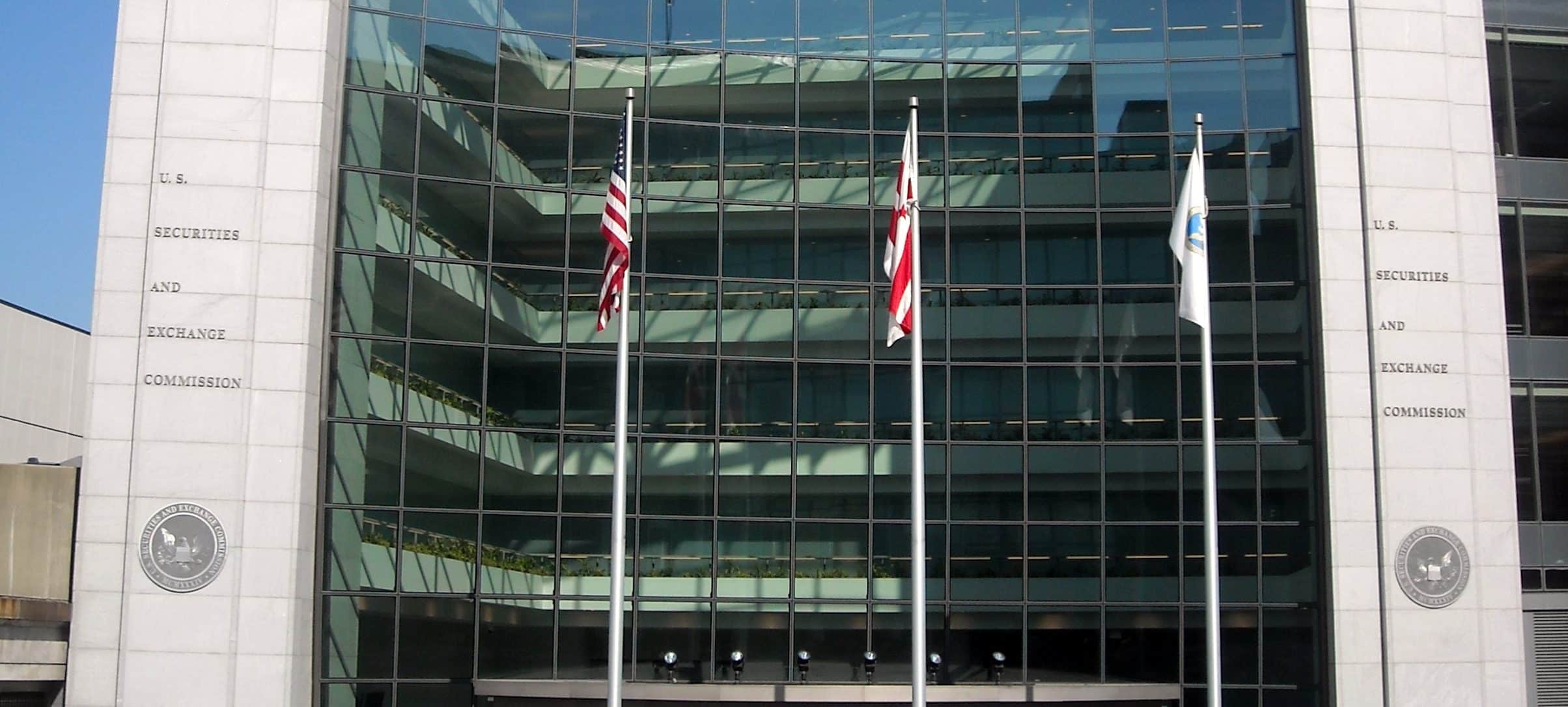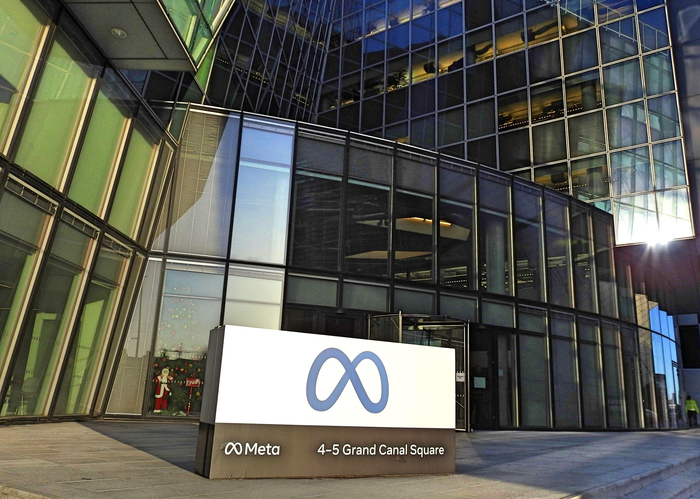The Problem With SEC’s Plan To Cap Whistleblower Awards

Published in Law360.
Reprinted here with permission.
By Stephen Kohn
July 10, 2018.
On June 29, 2018, the U.S. Securities and Exchange Commission held a public meeting in which it unveiled a proposal amending the regulations it had approved in 2011 governing the SEC’s Dodd-Frank Act whistleblower program. Publicly opposed by two of the five commissioners, the central feature of the proposed amendments targets whistleblower compensation and seeks to reduce payments to whistleblowers in the largest anti-fraud cases.
In the eight years since the passage of the Dodd-Frank Act, the SEC has paid only three awards above the $30 million mark to whistleblowers. All the other awards have been relatively modest. The proposed rule fixated on these three awards to justify a new rule that would require the SEC staff to dramatically reduce rewards, by as much as two-thirds, in large fraud cases (i.e. cases in which the company involved committed serious securities violations resulting in fines and penalties above $100 million).
The three-member commission majority justified this cap, arguing that whistleblowers in large cases would still obtain reasonable compensation, although radically below the level envisioned by Congress. This may appear acceptable, but completely ignores the central purpose of the whistleblower law: deterrence.
In its entire 184-page justification, the SEC failed to evaluate the impact of its proposal on deterring corporate corruption. The SEC never asked this question: What if top Wall Street managers knew that their colleagues “were watching them” and could obtain extremely large rewards for reporting any crimes they observed? They did not ask how reducing rewards in the largest anti-fraud cases would impact corporate behavior and a company’s commitment to effective internal controls and voluntary self-reporting. It is well-established that nothing has advertised the importance of the SEC’s whistleblower program more successfully than the payment of large rewards. Nothing has triggered increased corporate compliance more than the realization that its own employees can become multimillionaires by turning in serious frauds.
Background to the Proposed Rules
The proposed rules seek to cap awards at the lowest possible rate if large corporations are forced to pay fines and penalties above $100 million in securities fraud cases. The rule would impose a 10 percent cap on large awards. Congress set the reward rates when it passed the Dodd-Frank Act: The minimum rate was set at 10 percent, the maximum at 30 percent. Under the proposed rule, the most important whistleblowers in the biggest companies, who provide the best evidence of fraud at the greatest personal risk, will (in all but the most unusual cases) be forced to accept rewards at the low 10 percent rate.
The proposed rule places a cap on the amount of compensation a whistleblower who turns in high-quality evidence of large criminal frauds can receive. By targeting only the largest cases, i.e. cases in which major corporations are forced to pay over $100 million in fines and penalties, the rule imposes a cap on the amount of compensation whistleblowers employed by the biggest banks and the largest multinational corporations can receive. The proposed rule only harms employees who are well-placed in the corporate hierarchy, where they are able to obtain high-quality evidence of major corporate crimes. It provides a disincentive to take the risk of becoming a whistleblower and reporting large and widespread fraud committed at the highest corporate level.
These rates are not subject to judicial review. Thus, if the SEC commissioners vote to cut a whistleblower reward by two-thirds (i.e. from 30 percent to 10 percent), the whistleblower has no right of appeal. He or she cannot argue in court why the hardships suffered, the delays in obtaining payment, the loss of a career, or systemic blacklisting in the securities industry may justify a higher reward. Congress trusted the SEC to set the reward percentages and denied judicial review of these decisions. The proposed rule undermines this trust.
The most amazing part of the 184-page proposal voted by the commission was its complete failure to understand the real-life dilemmas that corporate executives positioned to expose large frauds face. Many of these potential whistleblowers hold highly compensated positions and are well-established in their careers and reputations. They have everything to lose if they become a whistleblower.
In deciding whether to report their company to the SEC, the whistleblowers must take into consideration the risk of losing their jobs, careers and friends versus the possibility that the SEC may take enforcement action. They understand that SEC investigations can take years to complete, and thereafter the commission’s docket of reward applications to review is hopelessly backlogged, with many cases under review for well over four years (i.e. four years after the government collects its money).
The proposed rule targets key sources of information on large frauds. It tells these sources that they are only going to get the minimum award, regardless of the quality of their information and the years of stress they will face once they turn in their company. Even if the SEC honors the whistleblowers’ confidentiality, the case will be under investigation for years. Moreover, even if the company is not able to figure out who the source was, these potential whistleblowers live for years in fear of detection. Many cases are never prosecuted, and under the Dodd-Frank program, these whistleblowers obtain nothing but stress and anxiety waiting for the SEC to act.
Undermining Deterrence
However, the biggest problem with the proposed rule is its impact on deterrence. In writing its 184-page proposal, the three-member commission majority was oblivious to its rule’s impact on corporate behavior and a company’s commitment to truly effective internal compliance. They simply forgot that central purpose of the Dodd-Frank Act.
In an October 2013 speech before the Securities Enforcement Forum, former SEC Chair Mary Jo White explained that the heart of the SEC Whistleblower Program was to send a “strong message of deterrence” by prioritizing “the bigger cases.” The new rule specifically disincentivizes whistleblowing on the “biggest cases,” as employees would never be fully compensated for the risk they take by exposing crimes at the highest corporate level.
White then explained the four basic “benefits” of incentivizing employees to become whistleblowers:
“They persuade people to step forward.
“They put fraudulent conduct on our radar that we may not have found ourselves, or as quickly.
“And they deter wrongdoing by making would-be violators ask themselves — who else is watching me?
“The program also incentivizes companies to report misconduct before a whistleblower comes to us.”
The proposed rule undermines all four of these goals. By placing a cap in the percentage of an award available to highly compensated executives (with the most to lose by becoming a whistleblower), it undercuts the goal of persuading key employees to step forward. The biggest frauds are not placed on the SEC’s “radar” and a company loses its “incentive” to self-report the “bigger cases” committed with the knowledge or consent of the highest-ranking corporate officials.
Most significantly, the proposed rule undercuts the most important deterrence feature of whistleblower laws: forcing “would-be violators to ask themselves — who else is watching me?” When top officials fear that their associates can make millions of dollars by turning in their crimes, they are forced to ask, “Who else is watching me?” When the newspapers report that a whistleblower obtained a reward large enough to create envy among the most powerful on Wall Street, top executives ask themselves, “Who else is watching me?”
The large rewards are the most effective advertisement for the SEC’s whistleblower program, and they are the driving force in deterring wrongdoing. Whether or not a whistleblower wins a retaliation case or gets reinstated into a job has never deterred wrongdoing in Wall Street. Whether or not a whistleblower obtains a token reward has no deterrent effect on Wall Street. But make a whistleblower a multimillionaire for doing the right thing — that sends the message.
Two years after her speech before the Enforcement Forum, White gave another major speech on the commission’s whistleblower program before the Corporate and Securities Law Institute at the Northwestern University School of Law. By this time, she understood the most important objective of paying large, multimillion-dollar whistleblower incentives: “As with any enforcement program, the ultimate goal of our whistleblower program is to deter further wrongdoing.”
At the end of the day, an effective anti-corruption program can work only if telling the truth and reporting frauds is more profitable then committing the crimes. The proposed rule ignores this reality. It disincentivizes the most important potential whistleblowers in the securities industry and takes away the commission’s best advertisement for promoting honesty in the markets.
___________________________
Stephen M. Kohn is a partner at Kohn Kohn & Colapinto LLP. The opinions expressed are those of the author(s) and do not necessarily reflect the views of the firm, its clients, or Portfolio Media Inc., or any of its or their respective affiliates. This article is for general information purposes and is not intended to be and should not be taken as legal advice.




